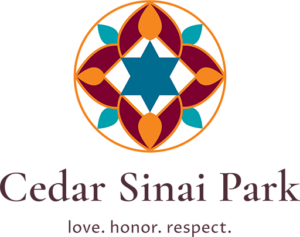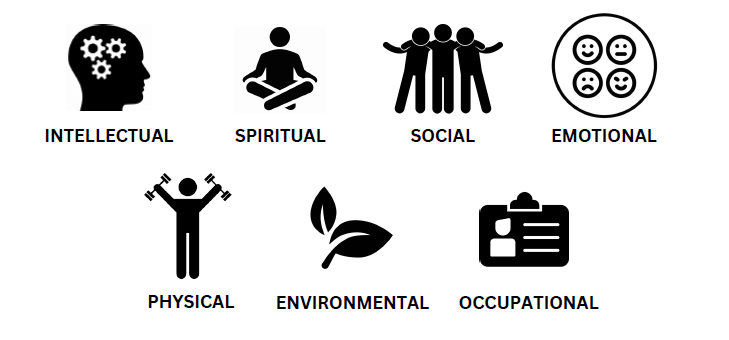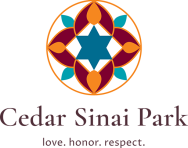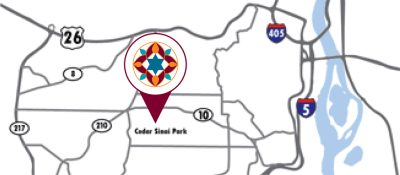By Sydney Clevenger
Activities programs abound in senior living communities. But what makes for a strong program?
Residents seeking an elder living community should analyze the activities’ schedule to ensure at least one or more of the seven elements of wellness are evident within every activity, said Cedar Sinai Park Activities Manager Fabiana Dal Cero, who manages events for active assisted living residents at Rose Schnitzer Manor, and post-acute, rehabilitation, and long-term care residents at Robison Jewish Health Center/Harold Schnitzer Center for Living.
“It’s important for every elder activity to incorporate at least one element, if not more than one,” said Dal Cero. “Using the seven elements of wellness chart, helps us create fun and intellectual activities that are age-appropriate—not childish—that our residents can successfully do with a few adjustments, if needed.”
The seven elements of wellness include: intellectual, spiritual, physical, social, emotional, environmental, and occupational (see chart, at right)
Physical activities are fairly straightforward, said Dal Cero, but often need to be adjusted to accommodate walkers, weather, and motor skills. For example, a recent bocce ball activity at the Manor was held indoors due to the 95+ degree temperatures outside, and residents were able to stand, sit, or hold their walkers while participating, according to their abilities.
An intellectual event could be a discussion about books or current events, or attending a lecture, said Dal Cero. Occupational activities involve ‘fixing,’ projects, such as cooking or building. Spiritual activities could include religious services, worship referrals, and opportunities to speak to a chaplain or rabbi. Environmental activities incorporate nature such as gardening or recycling, and emotional activities include singing and musical instruments.
The majority of elder activities are inherently social, said Dal Cero, as they are a great way to make new friends, and most elder communities host parties and Happy Hours.
Living in a community with abundant activities can keep seniors socially active, right in their own home. And there is always a resident with whom one can find an activity in common.
Some elder communities, like the Manor, encourage residents to start clubs and share their knowledge and talents. One Manor resident, for example, is a geneticist, and her discussions on tomato hybridization and DNA topics are extremely well-attended. The Manor currently has a handful of resident-led club activities.
“No one wellness element is more important than another,” said Dal Cero. “We always try to ensure there is one element in an activity, and if we can have more than one element, that is even better, and we try to hit all of the elements within our dozens of activities campus-wide each week.
“The best activities incorporate a handful of the elements at one time, evoke childhood memories and traditions, offer purpose and movement, and give residents a chance to create and build lasting friendships. Elder communities should offer a variety of activities, and staff participation and engagement in resident activities is an indicator of a strong activities program.
“Activities are an important measure of quality of life,” added Dal Cero. “When you’re happy, listening to good music, chatting with friends, having a drink, and enjoying good food, the joyful environment is helpful for mental health and longevity.”
###



